Add a wow factor to your space with award-winners from All-America Selections. They’re designed, tried and tested to make your garden pop.

THINK OF YOUR IDEAL PLANT. How would you describe it? Would it bloom sooner, yield more fruit, grow taller or stay shorter? Today, seed breeders have the tools and know-how to strive for botanic perfection, bringing out the full potential of any given variety. “It’s all about accumulating good genes for specific traits and then inbreeding until the variety is consistently uniform or true to type from seed,” says Paul Readly, seed breeder for American Takii Inc. in Salinas, California. His Summer Jewel Lavender salvia won a 2016 All-America Selection (AAS) award.
Because seeds can take up to 10 years to perfect, receiving the AAS designation is something Paul is very proud of. “AAS winners truly run the gantlet and emerge as superior plants for any garden in North America,” he says. The designation is considered the highest seal of garden performance approval in the United States.
How AAS Trials Work
Esta historia es de la edición February - March 2017 de Birds & Bloom.
Comience su prueba gratuita de Magzter GOLD de 7 días para acceder a miles de historias premium seleccionadas y a más de 9,000 revistas y periódicos.
Ya eres suscriptor ? Conectar
Esta historia es de la edición February - March 2017 de Birds & Bloom.
Comience su prueba gratuita de Magzter GOLD de 7 días para acceder a miles de historias premium seleccionadas y a más de 9,000 revistas y periódicos.
Ya eres suscriptor? Conectar
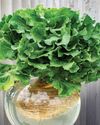
Basics of Hydroponics
Use these top tips and plant picks to have a successful soil-free garden
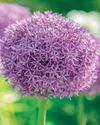
Rooted in Resilience
These hardy perennials will thrive in most zones
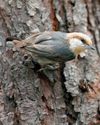
Social and Supportive
Brown-headed nuthatches take a helpful approach to raising their young

All About Owl Pellets
And why you should give a hoot about them
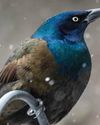
Ask the Experts
Advice from our pros about houseplants, bird feeding and more

BRING THE OUTDOORS IN
Making a terrarium is about as close as you can get to a Zen DIY project. Once you have gathered the proper materials and squared away your plant selections, it's as simple as layering it all together and watching your mini ecosystem thrive. Here, I'll walk you through my foolproof process and cover all the required elements for good filtration, healthy soil, strong root growth and resistance against fungus and disease.

GROW THIS. NOT THAT
Six easy-to-grow houseplants—and six that may not be the right choice for you
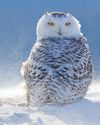
Winter MAGIC
Forecasts may be frigid, but grab your binoculars because birding opportunities are still incredible

Sense or Nonsense? - Why some birds can taste and smell - but others can't
Does a porcelain berry taste like a blueberry to a gray catbird? Does a block of lard smell like frying bacon to a northern flicker? The short answer is no. While some avian species do have a well-adapted sense of taste or smell, they can't distinguish between flavors and odors the way humans can. They're not picking up every ingredient in the suet you put out, says José Ramírez-Garofalo, an ornithology researcher at Rutgers University in New Jersey and the director of Freshkills Biological Station in Staten Island, New York.
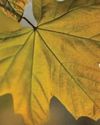
Maple Mania - Amazing facts about this fall foliage mainstay
Amazing facts about this fall foliage mainstay